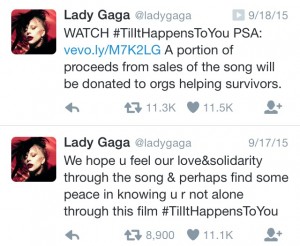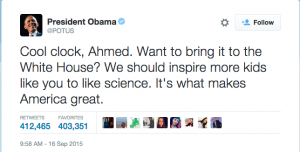By ISABELLA MESQUITA
“I don’t think there has been a worse time for freedom of expression in Spain since the death of Franco,” said Juan Pedro Velazquez-Gaztelu, former El País journalist.
Spanish newspapers and journalist have watched the industry restructure and shrink in the past years. As debts increase, Spain’s most established papers have lost their editorial independence and have watched advertising revenues decrease under the rule of a conservative government.
Known as the “gag law,” individuals who post videos of political protests or amateur videos of public officers will be severely penalized, and in the case of journalists or papers, fired or fined.
As government control increases and revenues decrease, freedom of expression in Spain has been questioned.
“Newspapers are no longer led by their editors, but by chief executives who are worried about accounts and trying to maintain good relationships with those in power,” said Pedro Ramirez, a journalist who was fired from El Mundo.
According to him, newspapers are no longer doing their job as watchdogs, and in turn are giving in to political pressure and editorial restriction.
To think that established journalists are being censored and kept from doing their job worried me. Not only because its what many of us in class aspire to do and become, but merely for the same of the news and truth.
As a matter of fact, our generation and modern society are defined by the fast flow of information, and highly educated and aware individuals — if not that, at least the easy access to news and information. Hence, how is it possible that in a first world country, journalists are being penalized for reporting the truth?



